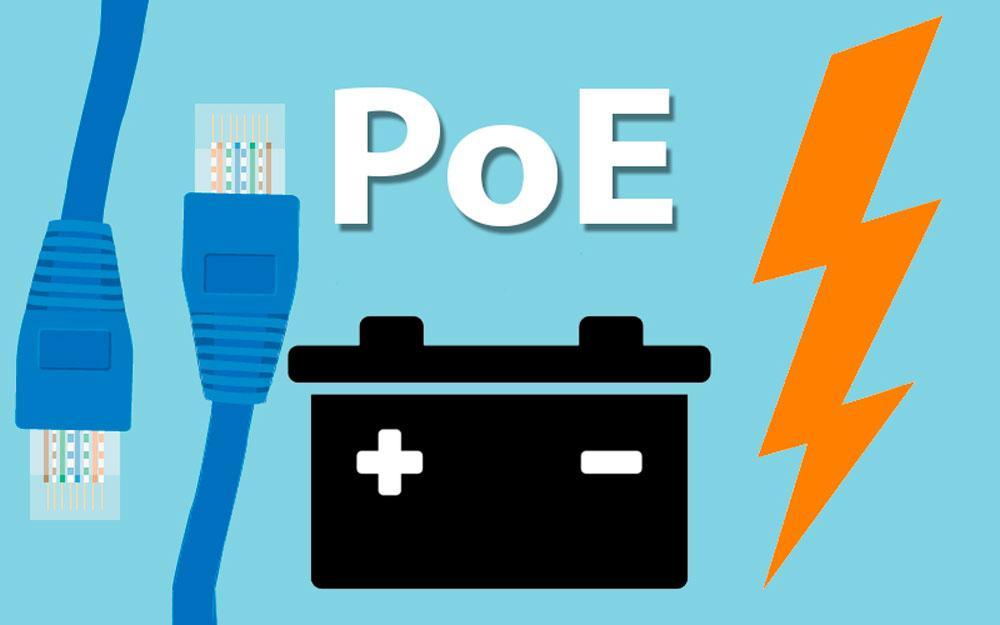September 27, 2018
The Positives and Negatives of PoE
What is PoE?
Power over Ethernet, or PoE, is the process of sending power and data over twisted pair Ethernet cabling to simplify power requirements.Ethernet cabling consists of 4 twisted pairs. In a FE (10/100mbps) network, only two of the four pairs will transmit data. The remaining two are reserved for power. In GE (1Gbps) networks all four pairs transmit data, while two of these pairs transmit power and data simultaneously.
Typically strands 1, 2, 3 and 6 are reliable for 10/100 data transmission while 4, 5, 7 and 8 are reserved for power.
This method of powering devices offer the user a variety of usage options. Some are safer, others more cost-effective but ultimately you have choices based on the requirements of the equipment you need installed.
Lets explore the various forms of PoE
1. Active PoE (IEEE 802.3af/at)

Active PoE is an intelligent form of PoE which is chipset-based and operates between 44-57V. It comes in two flavours - 802.3af which is 15.4W per port and 802.3at (PoE+) which is 30W. When attempting to supply power it will send a nominal voltage to detect the presence of a PoE compliant device. This is known as a signature detection. A classification signature process is then required on the powered device (PD) before voltage is supplied. If the PD does not reply with any classification signature, no power is supplied on that port. This auto-sensing technology ensures it is safe to use when connecting non-PoE devices making it the safest form of PoE. It's built-in safety features also automatically stops sending power if there is any interruption in the connection, and then starts the classification signature process before sending power again.
2. Passive PoE
Passive PoE permanently supplies power based on its input voltage. It has been widely adopted on wireless technology to reduce cost and is easy to install on battery backup systems. This standard of PoE does not perform any auto-sense and simply supplies power to the connected device. It is therefore extremely important to know the power requirements of the connected device.
Mid and Endspan (Mode A & Mode B)
Both Active and Passive PoE operate in two sub modes, either Midspan or Endspan or both simultaneously.
- Endspan or Mode A uses the outter pins 1, 2, 3 and 6 to transmit both power and data.
- Midspan or Mode B uses the inner pins 4, 5, 7 and 8 to transmit power and the outer pins 1, 2, 3 and 6 to transmit data.

The majority of 802.3af/at PoE switches will support both Mode A & B but as this is vendor specific, we recommend you check to confirm.
We recommend checking the power requirements of your devices thoroughly before connecting PoE. Testers are also readily available to verify exactly which type of PoE you are dealing with in cases where this is unknown.








